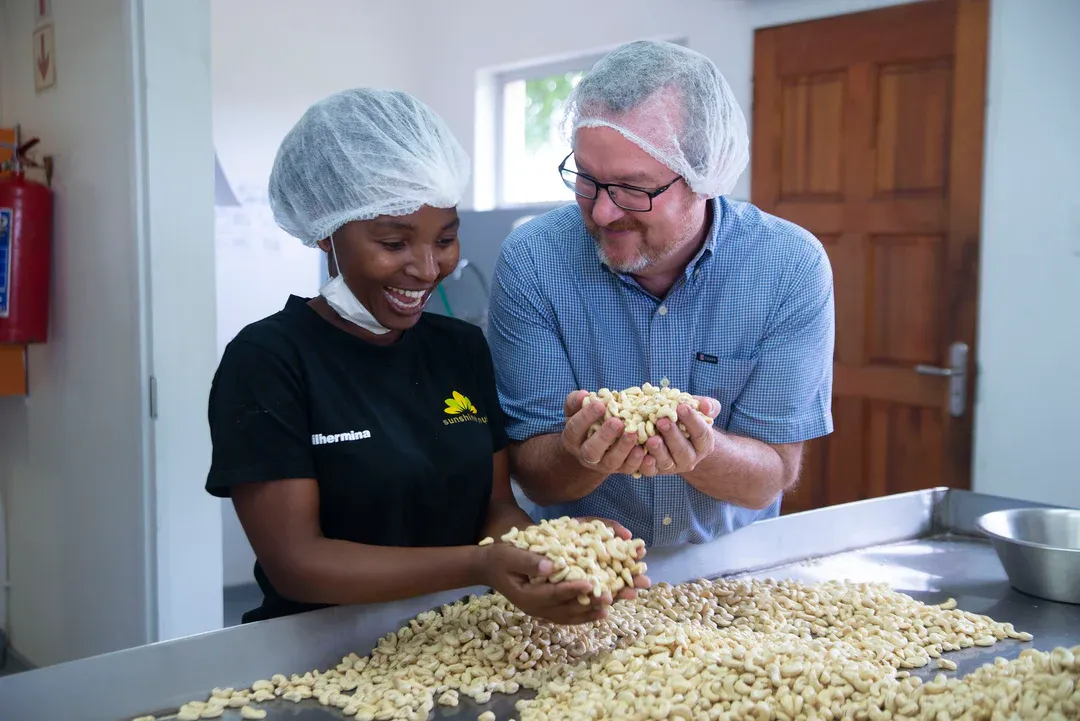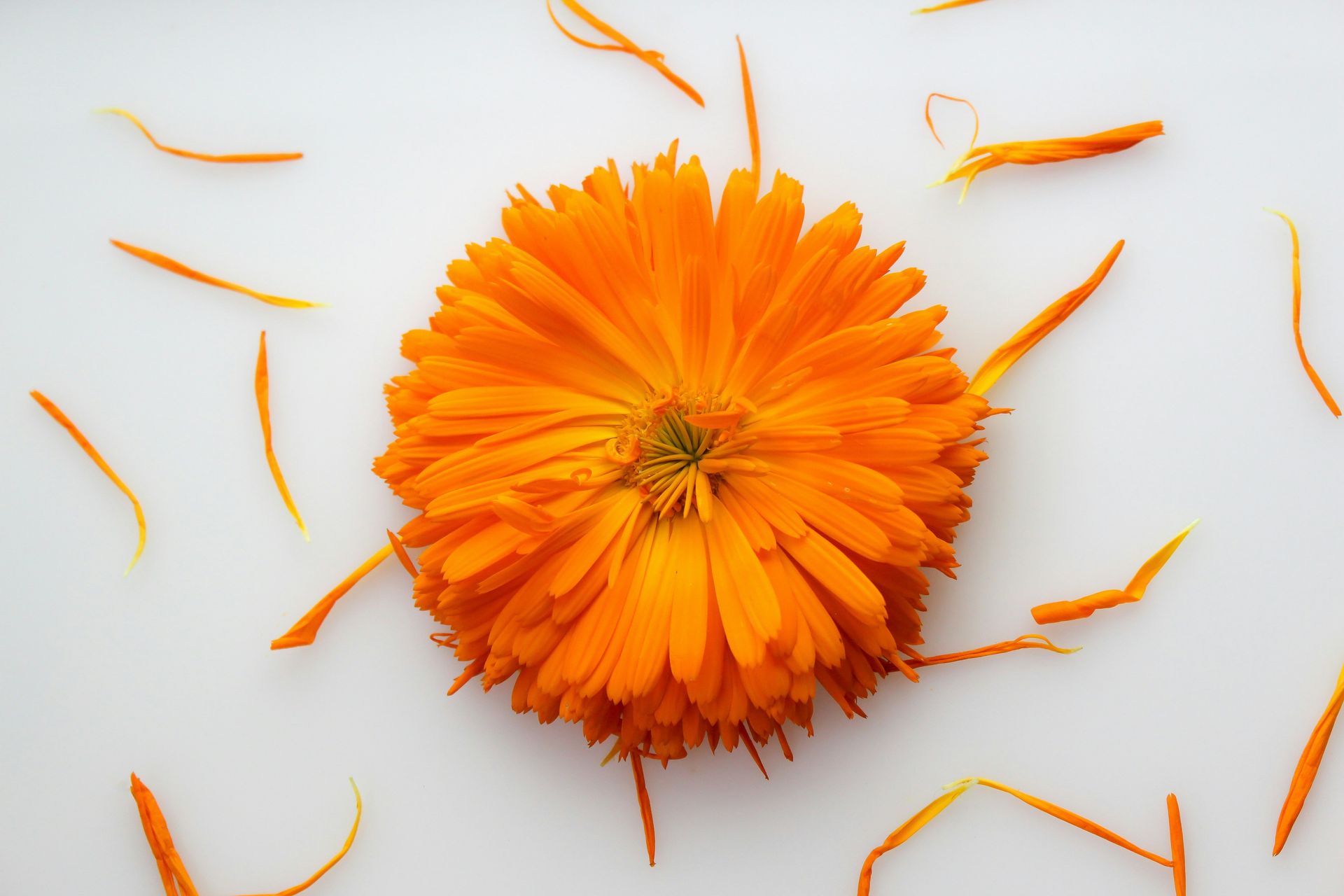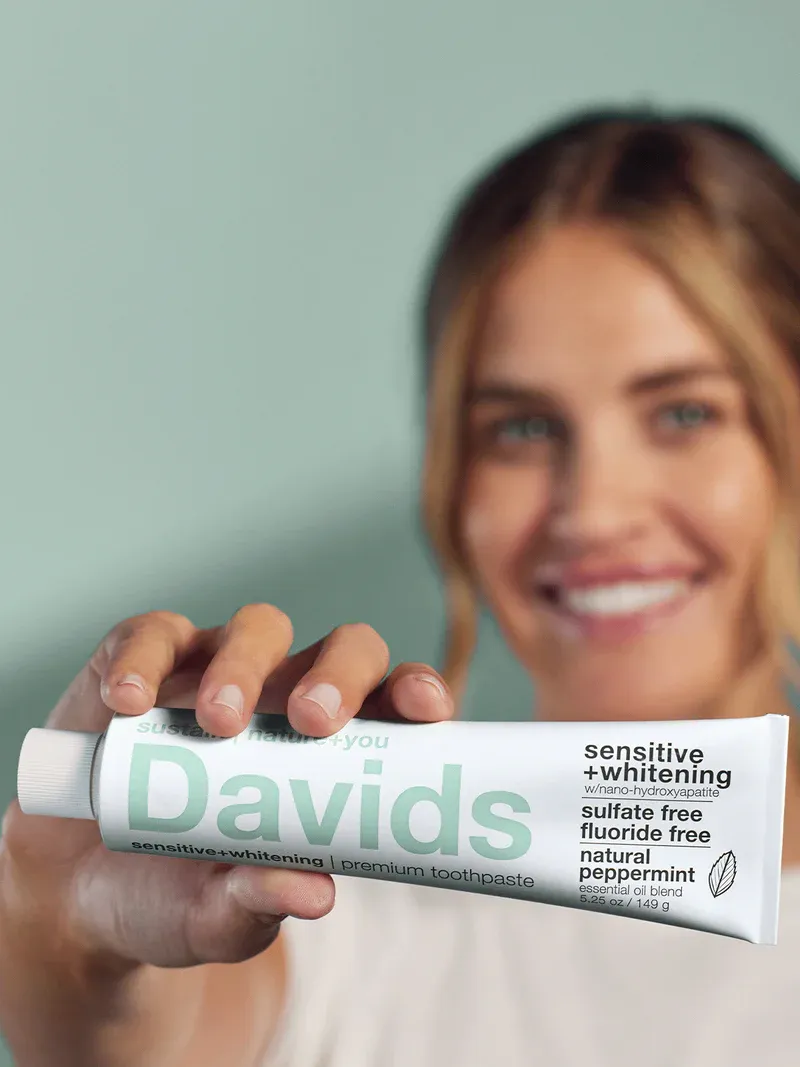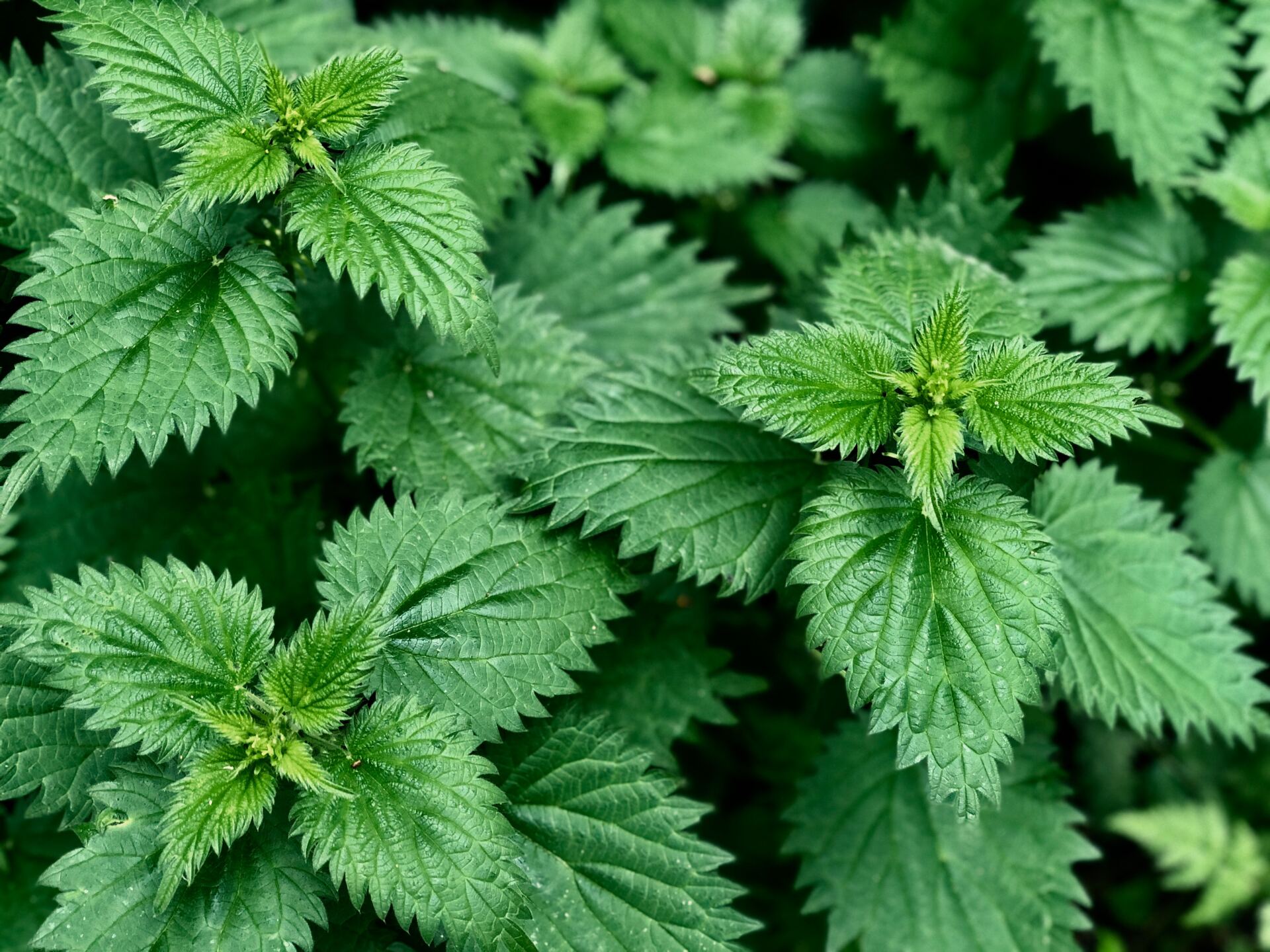








Many of us enjoy our gardens during the summer, relaxing in a comfortable chair with a glass of iced tea and a book. Why not double that pleasure by making it a bird and wildlife friendly place too? Wild animals, especially birds, use plants in our gardens all season long for feeding, bathing, sleeping and raising their young. By adding plants and garden features to attract more wildlife, you can enjoy four seasons of entertainment right in your own backyard!
Creating Habitat
Wildlife needs four things on or nearby your property to stay engaged in your garden: food, shelter, nesting sites and fresh water. Creating as much habitat as you can on-site will ensure a plentiful array of seasonal visitors to enjoy.
Food
Native plants are recognized by northwest native fauna, making them a great choice to grow in your garden. They are more drought tolerant and have fewer pest and disease issues, so pesticides are not necessary. Pesticide use is the least friendly practice to apply in your garden if you want to welcome and protect wildlife.
Plants that produce fruit or seeds that wildlife like to eat are key, as well. It is important to include diverse plants to attract a variety of wildlife as not all animals eat the same things. Plants with soft berries, dry seed heads, nuts and edible leaves will bring many different animals into your garden. This variety also supplies diversity for insect species, many of which are food for birds and amphibians, and others which are helpful allies in pest management and pollination.
When adding feeders, make sure you minimize the use of seeds like millet, which spill onto the ground and attract rats. Focus on suet, using hot pepper suet to deter rats and squirrels and black oil sunflower seed suet for birds to cache in the winter. Enclose the feeders in hardware cloth cages when you have issues with greedy starlings and other non-native birds that crowd feeders. In locations where bears are an issue, avoid feeding birds at all and focus on planting a wide variety of edible plants for them to enjoy instead.
Shelter and Nesting
Establishing a diverse native landscape not only provides food sources for animals, but it also provides a variety of habitats for roosting and nesting in your garden. Be sure to plant in layers, from the ground to the sky, and to apply natural mulches on the ground once planted. Some animals are primarily ground feeders and need the mulch to forage in. Thicket-forming shrubs provide safe havens from predators and nesting sites for tiny bird friends like Anna’s hummingbirds. Some animals are cavity nesters and need old tree stumps left safely in place, in which holes can be created and occupied. If you’re really lucky, you might even play host to owls in your garden!
Water in the Garden
All animals need water for drinking and bathing, and amphibious animals need water present year-round to live comfortably in your garden. If you don’t have a natural water feature, simply adding a bird bath will increase the amount of time wildlife will spend in your yard, as well as bring in species that might not otherwise visit. Keep the water clean, changing it every couple of days to avoid algae and mosquito growth. Provide a rough surface on the bottom of the feeder to help little bird feet to grip when they are in the bath, and keep the water fairly shallow. In larger gardens, you can consider adding a larger feature like a pond and even installing waterfalls or fountains to keep the water in motion. This will help to keep it clean while attracting animals at the same time.
Providing food, shelter, nesting sites and water for birds will transform your garden into an avian oasis. Luckily for us, our native plants are also worthwhile on their own merits, boasting spring flowers, summer fruit and seeds, fall and winter color, as well as beautiful evergreen foliage. But be smart about the plant choices you make. Some of our natives are thicket-forming plants and you will need to allow space for those to spread. Other plants are 200-foot conifers that are only appropriate in the largest of gardens where they will not become a storm hazard or overgrow sidewalks or driveways. The following are some of the best native plants to consider. These will supply your garden with a variety of sizes and shapes and attract different types of birds to your garden while also adding attractive plants that are easy to maintain.
Laura Matter has been a practicing horticulturist for
the past 37 years, studied Landscape Horticulture
at South Seattle Community College and has
an Associate of Arts degree from Seattle Central
Community College and a B.A. in Botany from
the University of Washington. She is currently the
Sustainable Yard and Home Education Program
Manager at Tilth Alliance and specializes in
watershed health, pollinator gardening and integrated
pest management education. For one-on-one wildlife
gardening advice visit the Garden Hotline online at
gardenhotline.org or call them at 206-633-0224.
Native Plants for Your Wildlife-Friendly Garden
Large Trees
Garry Oak – Quercus garryana - deciduous
Western Red Cedar – Thuja plicata – evergreen conifer
Small Trees
Pacific Wax Myrtle – Myrica californica - evergreen
Serviceberry - Amelanchier alnifolia – deciduous
Tall Shrubs
Pacific Ninebark – Physocarpus opulifolius - deciduous
Red Flowering Currant – Ribes sanguineum - deciduous
Red Osier Dogwood – Cornus sericea – deciduous
Shrubs
Evergreen Huckleberry – Vaccinium ovatum
Salmonberry - Rubus spectabilis – deciduous and thicket
forming
Groundcovers
Kinnickinnick – Arctostaphylos uva-ursi - evergreen
Wild Ginger – Asarum caudatum – evergreen
Perennials
False Solomon’s Seal – Smilacina racemosa – herbaceous
Western Columbine – Aquilegia formosa – herbaceous









Please give us a call for today’s deli hours as they can vary due to staffing.
Grab and go options are always available until close.
FEDERAL WAY
Monday-Saturday: 8 am - 8 pm
Sunday: 9 am - 7 pm
Please call for current deli counter service hours. Grab and go options available until closing.
2565 S. Gateway Center Place
Federal Way, WA 98003
TACOMA
Monday-Saturday: 8 am - 8 pm
Sunday: 9 am - 7 pm
Please call for current deli counter service hours. Grab and go options available until closing.
2951 S. 38th Street
Tacoma, WA 98409